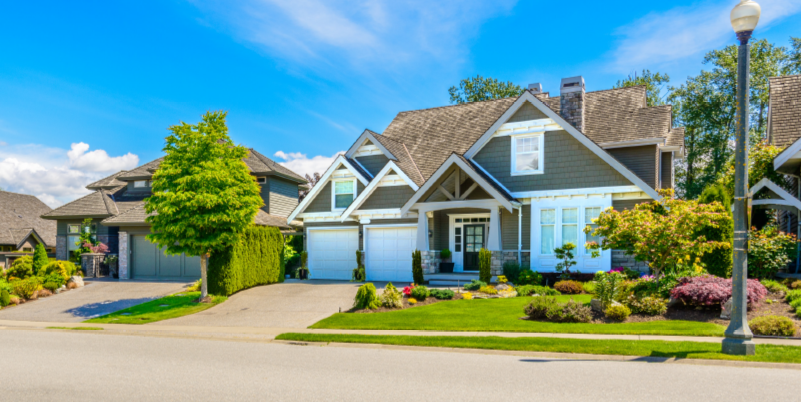A new study by the National Association of REALTORS (NAR) found that between 2010 and 2020, nearly 980,000 households shared $2.1 trillion in housing wealth. How did they do it? Time and patience.
NAR defines a middle-class homeowner as one earning an income of over 80% to 200% of the area median income in markets with 50,000 or over middle incomers. If they purchased in 2010 at $162,600, they were likely to accumulate $229,400 in housing wealth, 86% of which is attributable to price appreciation over time. Within these markets, median single-family residences appreciated by 8.3%.
The top 10 rising middle-income housing markets were Phoenix-Mesa-Scottsdale (103,690), Austin-Round Rock (61,323), Nashville-Davidson-Murfreesboro-Franklin (55,252), Dallas-Fort Worth-Arlington (53,421), Houston-The Woodlands-Sugarland (52,716), Atlanta-Sandy Springs-Roswell (48,819), Orlando-Kissimmee-Sanford (35,063), Portland-Vancouver-Hillsboro (34,373), Seattle-Tacoma-Bellevue (31,284) and Tampa-St. Petersburg-Clearwater (28,979).
Another word for housing wealth is equity – the percentage of ownership you have in your home as opposed to the bank. When the housing market is good, it raises the value of your home because homebuyers want homes like yours. You can also build equity by paying down your mortgage, making extra payments toward your principal, and making attractive improvements to your home.
Housing typically increases in value by two to three percent annually, so the record gains of the past few years are atypical. However, housing inflation plus mortgage interest rates well below overall inflation are inspiring homebuyers to leap into the market. While quick gains are possible, the buy and hold strategy works better for most homeowners.

